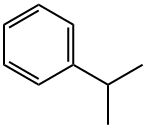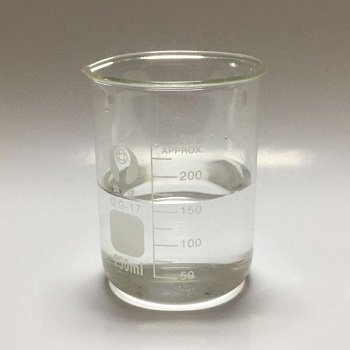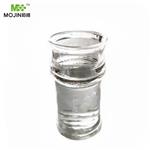
Cumene
- Product NameCumene
- CAS98-82-8
- CBNumberCB2191522
- MFC9H12
- MW120.19
- EINECS202-704-5
- MDL NumberMFCD00008881
- MOL File98-82-8.mol
- MSDS FileSDS
Chemical Properties
| Melting point | −96 °C(lit.) |
| Boiling point | 152-154 °C(lit.) |
| Density | 0.864 g/mL at 25 °C(lit.) |
| vapor density | 4.1 (vs air) |
| vapor pressure | 8 mm Hg ( 20 °C) |
| refractive index | n |
| Flash point | 115 °F |
| storage temp. | 2-8°C |
| solubility | 0.05g/l |
| form | Liquid |
| pka | >14 (Schwarzenbach et al., 1993) |
| color | Clear colorless |
| Odor | Strong, slightly irritant; fragrant; aromatic. |
| Odor Threshold | 0.0084ppm |
| explosive limit | 0.8-6.0%(V) |
| Water Solubility | Soluble in alcohol, ether, acetone, benzene, carbon tetrachloride. Insoluble in water. |
| Merck | 14,2617 |
| BRN | 1236613 |
Safety
| Symbol(GHS) |
   
|
|||||||||
| Signal word | Danger | |||||||||
| Hazard statements | H226-H304-H335-H411 | |||||||||
| Precautionary statements | P210-P233-P240-P273-P301+P310-P331 | |||||||||
| Hazard Codes | Xn,N,T,F | |||||||||
| Risk Statements | 10-37-51/53-65-39/23/24/25-23/24/25-11 | |||||||||
| Safety Statements | 24-37-61-62-45-36/37-16 | |||||||||
| RIDADR | UN 1918 3/PG 3 | |||||||||
| OEB | A | |||||||||
| OEL | TWA: 50 ppm (245 mg/m3) [skin] | |||||||||
| WGK Germany | 1 | |||||||||
| RTECS | GR8575000 | |||||||||
| F | 10 | |||||||||
| Autoignition Temperature | 797 °F | |||||||||
| TSCA | Yes | |||||||||
| HazardClass | 3 | |||||||||
| PackingGroup | III | |||||||||
| HS Code | 29027000 | |||||||||
| Hazardous Substances Data | 98-82-8(Hazardous Substances Data) | |||||||||
| Toxicity | LD50 orally in rats: 2.91 g/kg (Smyth) | |||||||||
| IDLA | 900 ppm [10% LEL] | |||||||||
| NFPA 704: |
|



